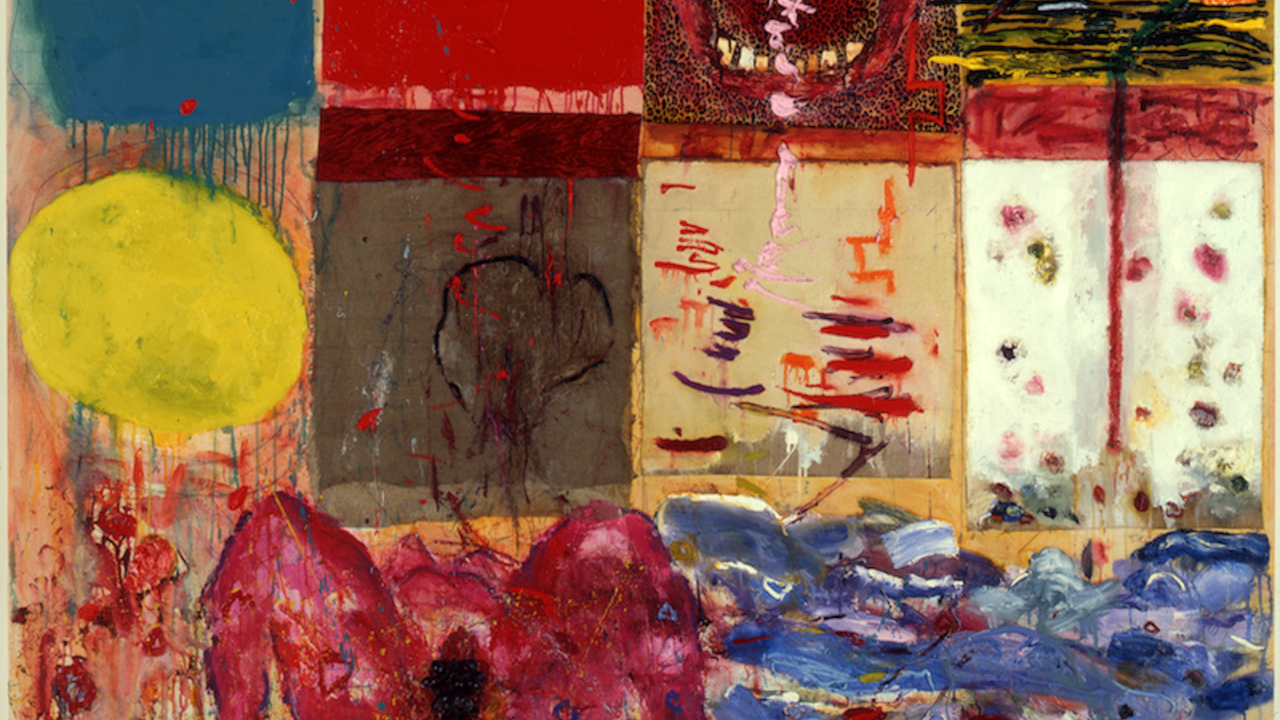Maria Eichhorn’s Art Turns the White Cube Inside Out
At Kunsthalle Bern, Switzerland, the artist’s work was conceptual in the best sense of the word
At Kunsthalle Bern, Switzerland, the artist’s work was conceptual in the best sense of the word

Simply titled 'Money at Kunsthalle Bern', Maria Eichhorn's enterprise was an exploration of the structures that enable an exhibition space to function. The first phase of her project was the provision of a much needed renovation to the Kunsthalle building itself, where a lack of funding had resulted in leaky skylights, uncomfortable reception areas and large cracks in the façade. Eichhorn chose to use her exhibition budget to pay for the repairs, which were listed (including prices and names of contracted companies) on the invitation card, the poster for the show and the catalogue cover. This matter-of-fact inventory quietly focused attention on the individual's experience of the Kunsthalle rather than the artist's gesture. Inside, builders could be seen busy at work, fixing the plumbing and repairing a windowsill. Walking around the empty gallery resulted in a feeling that something undefined was about to happen. If you were familiar with the gallery, which has hosted numerous famous Conceptual art exhibitions (such as Harald Szeemann's 'When Attitudes Become Form' in 1969), your imagination led you both backwards and forwards in time, recollecting shows that had taken place and anticipating those yet to come. The repair works provided the opportunity, guided by the institution's staff, to visit and discover spaces you generally never get to see: an unexpectedly small storage space, an impeccably ordered, quintessentially 'Swiss'-looking archive, and the rickety ascent up a ladder to a sun-drenched skylight overlooking Bern.

Work on the building itself was only one phase of the project. Another was the catalogue, for which Eichhorn had documented the history of the Kunsthalle, from the way funds were collected for its creation by an association of artists at the beginning of the century to the institution's relationship with the city and with private and corporate donors. At a time when the shift towards entertainment, corporate management techniques and a general Disneyfication of the artworld is becoming increasingly pronounced, her patient enquiry seemed ever more relevant. Closing the loop between research on the institution's structure, funding and the actual repair works, for the final element of her project Eichhorn issued an unlimited edition of share certificates. Modelled after the original shares issued by the artists' association in the 1910s, the proceeds are to increase the Kunsthalle's assets. In the event of the association's dissolution these assets are to be divided again between shareholders. Issuing the new shares was a complex business that generated changes in the association's statutes and heated discussions between members on the benefits and needs for such a move.
Turning the white cube inside out is a well-trodden path, a classic Conceptual trick the genealogy of which can be traced back from Hans Haacke to Michael Asher. What does it mean for an artist to do something again? Do the words 'this has been done before' take anything away from the convenience of a new water boiler in the lavatory? Such repetitions and reiterations abound in Eichhorn's work, driving it towards what John Miller once described as 'an almost hallucinatory capacity for non-existence'. It is as if the artist chose to concentrate on a condition generally considered as the 'curse' of our particular historical moment - the impossibility of any radically original gesture - and turned it into a working principle instead. Liberated from the tyranny of originality and visibility, her work concentrates on precise situations, particular needs and desires. There is something profoundly anti-authoritarian about her way of working that recalls the avant-garde idea that art has to be destroyed if it is to include everyday life. Eichhorn's art is Conceptual in the best sense of the word, constantly striving to set up the conditions for something unexpected to emerge, something that will then be able to exist without her. In the words of Robert Barry, she makes you feel as if there were 'something very close in place and time, but not yet known to us'.
Main image: Maria Eichhorn, ‘Das Geld der Kunsthalle Bern / Money at the Kunsthalle Bern’, 2000























